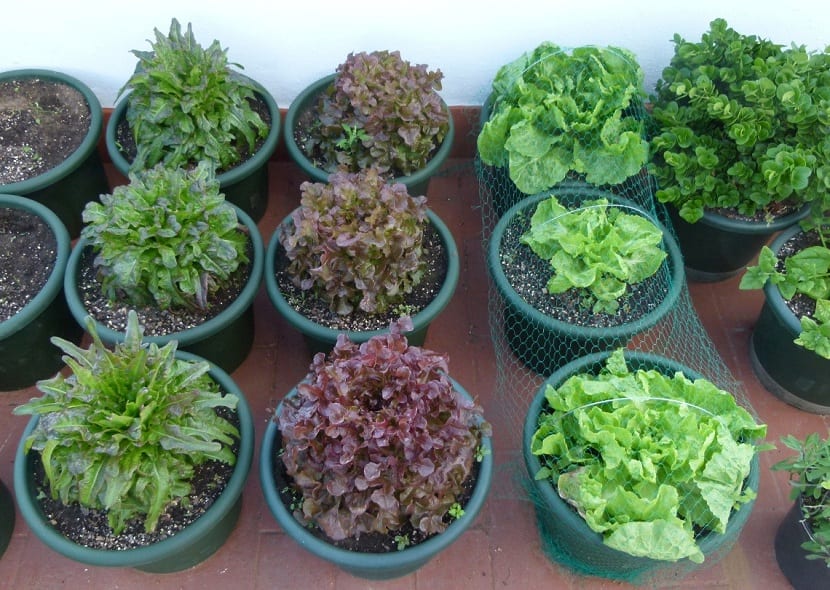
There is a type of garden that is called a vegetable garden. These are gardens located on balconies whose main function is that of an urban garden. It is possible to have in small but well controlled spaces. If properly maintained, you can get good forecasts for edibles unlike those planted in the ground.
If you find the idea interesting and you want to learn how to build one, this is your post. Do you want to know step by step how to make a planter and which plants are the best to grow?
Characteristics of the vegetable garden
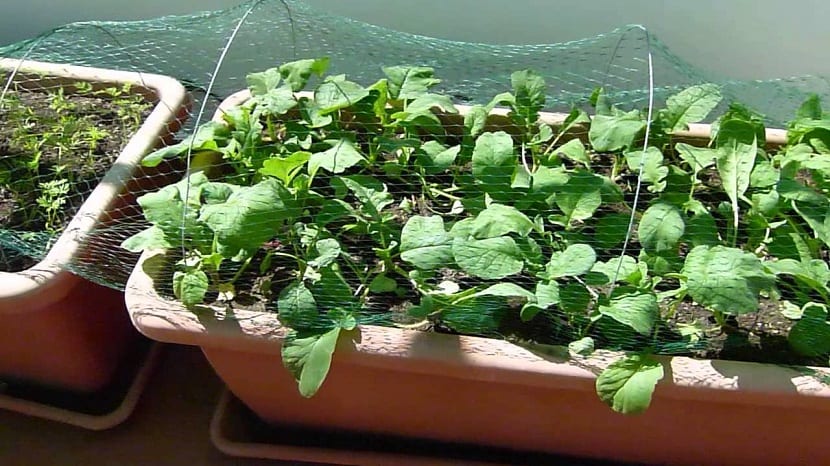
The planter is one of the latest urban trends in home gardening. It is about growing vegetables in pots, forming a small garden in your own home. You don't need a lot of space: A balcony, a terrace or even an interior corner, as long as it is airy and sunny, can be used for your planter, which will be as large as the surface you set for it.
Growing them is not difficult. It is a matter of choosing a species, planting and watering. The vegetables are very grateful, their growth is fast and in a couple of weeks they already bear fruit: cherry tomatoes, lettuce, peppers, aubergines, cucumbers ... They are somewhat smaller than the commercial ones, but in return, they have a lot of flavor.
If a plant does not get enough sun, it can be moved to a better location where it can receive it. If the irrigation does not drain it correctly, the pots can be pierced for better drainage.
As you can see, the flowerpot has many advantages and facilities that make it a great growing option.
Advantages of having healthy plants
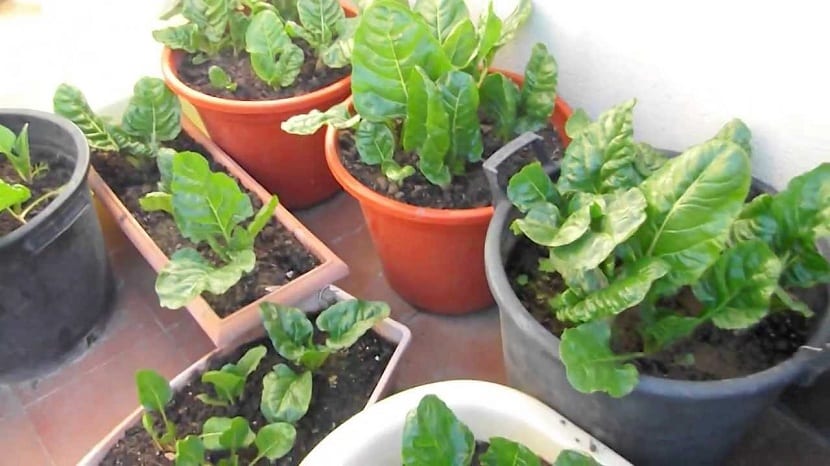
When you have a planter, you must ensure that the crops are healthy at all times. Healthy plants are able to avoid some pests and diseases. Irrigation is more efficient in this type of orchardas it is done by hand. This allows the quantities to be well controlled, especially in times of drought.
When the end of the year rolls around, even the most inexperienced gardeners will be able to enjoy the plant rewards that the planter brings.
What does a planter need?
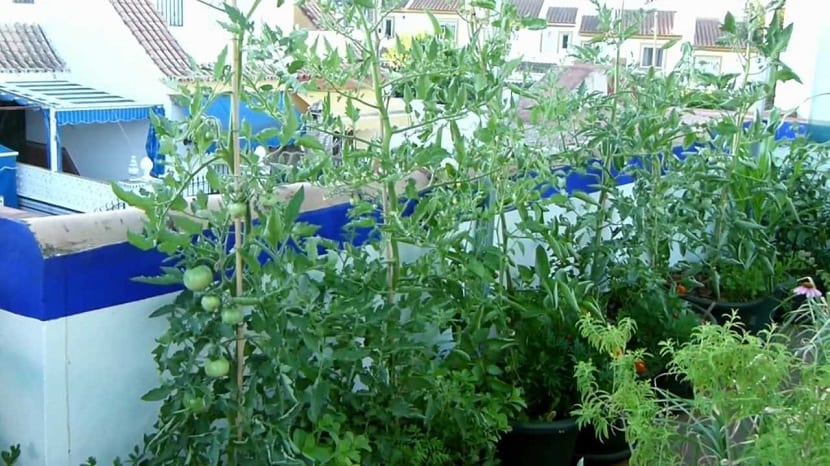
To start building your planter, you need to choose which pots to choose based on the size of your balcony. The more small plants you have, the more you can plant. It is advisable that they have a depth of about 40 centimeters. This depth is adequate for the correct growth of the plants.
For irrigation is efficient and does not accumulate water that leads to rotting of crops, it is important to work with good drainage. You can place the plants on bricks or objects that allow the plants to be raised and make holes for the liquid to flow well.
To plant the pots, you need to place a two-centimeter-thick layer of leca. The leca are small clay pebbles. You can also put pieces of broken stones. Then the integrated mixture must be completed, consisting of: half of good quality fertile soil, a quarter of compost (worm castings also works) and the other quarter of perlite or coarser sand.
When you have placed the pot, it should be ready for sowing seeds. You can choose to buy already germinated seedlings to speed up the process. These seedlings are available in nurseries.
Most common mistakes in flowerpots
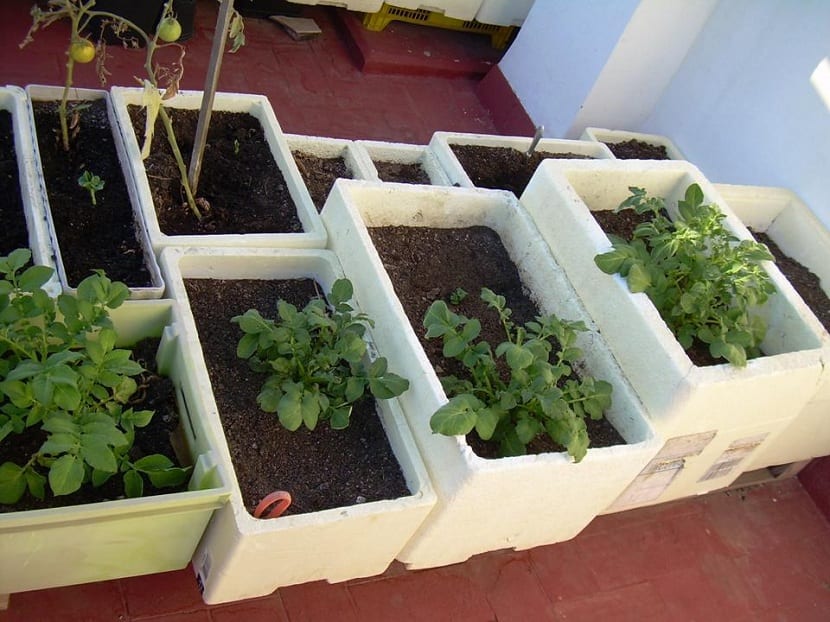
When we build our planter, we make some mistakes for being beginners. Among the most common we find:
- Not planning what we are going to sow. It is important to consult the planting calendars.
- When you have decided what you are going to sow, keep in mind that, during the germination and growth time, you will have a time without harvest. This time is sometimes desperate, you can plant short-cycle species (lettuce or radishes) to enjoy some vegetables while the next harvest grows.
- Buying pots without taking into account the needs of the crop. Each vegetable needs a certain minimum space.
- Not completely filling the substrate containers. The containers where we will plant our vegetables must be completely filled with substrate. The more substrate they have, the better. In addition, despite filling them completely, when watering it compacts and decreases its volume. Fill them to the top completely, leaving only one centimeter so that the water does not run out when watering. When it comes down, you can fill it up or add compost if necessary.
- Sow the seeds directly into the substrate. There are species that need it this way, but others require prior germination in the nursery. Check the requirements of each vegetable. In our search engine you can find many of them. And we will add more.
- Plant more than one plant per pot. There are plants that will need all the space for them.
Most frequent crops
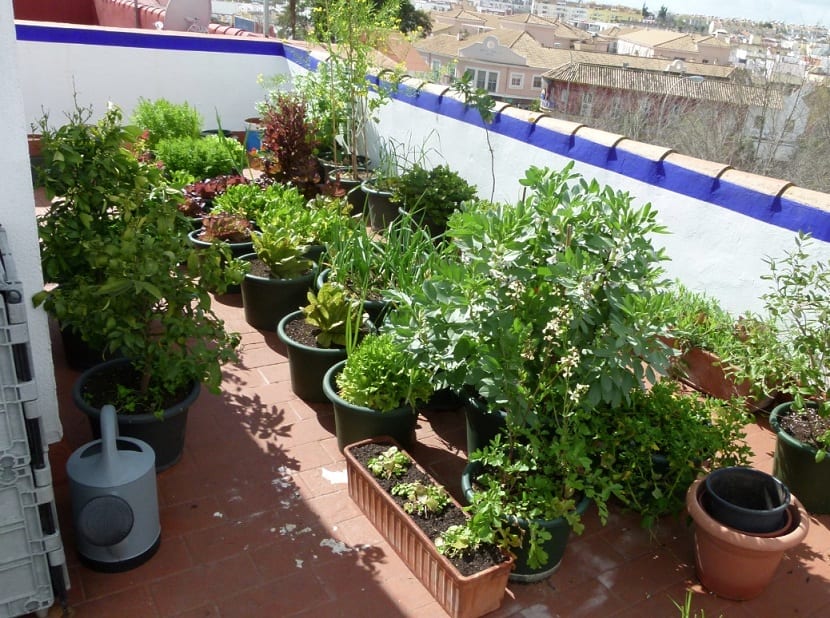
In the flowerpots we can find some more frequent crops. These are due to its rapid growth or its usefulness. Here is a list of the main crops and their care:
- Oregano. This crop is widely used for dressings and salads. It has a good summer growth and good flowering. You only need small tasks of pruning and removal of dead leaves.
- Basil. It is sown at the end of winter and they grow between 5 and 8 centimeters in just a month and a half. Once they reach this height, they are transferred to a larger pot. If we want to keep them in winter, we need to protect them with a protector.
- Parsley. The seed takes almost a month to germinate and after two months we find the plant fully grown. You can cut twigs when you need them to keep the plant healthier.
- Spring onion. It is one of the fastest growing plants. In winter they are weaker, so you have to protect them.
- Menta. It is planted in late spring or fall. Mature compost can be added to optimize growth. In winter they seem to dry up, but they grow back.
- Rosemary. It does not tolerate excess water well. It is convenient to protect it from the cold in winter.
- Thyme. They are planted in spring. It does not require much watering and can be grown sheltered from light. In winter it needs protection.
With these indications you will be able to enjoy your planter in good condition. And you, what are you going to plant?
As you like to use non-original photos. I have counted 4 that are mine. But since I like to share, I'll lend them to you.